The quality zero drop boots I've been waiting for
Someone finally made "The Boot"
(Note: I am not receiving any form of compensation from Nicks Boots for this article.)
Healthy footwear that looks good is very hard to find. Quite a few barefoot and zero drop shoes just aren’t up to snuff, and I dedicated my last two posts to breaking down some of the reasons why.
Ever since I got seriously interested in healthy footwear I’ve been hoping someone would come along and create an amazing-looking zero drop boot made of quality materials. Every now and then a new boot would pop up that came so close to what I’d envisioned, but each had their own shortcomings that left much to be desired.
While I was working on my series “Why barefoot shoes look weird,” Nicks Boots just so happened to come out with a boot that has all the elements you need to make healthy footwear that looks good. These boots are very nearly what I’ve been waiting for all these years.
Introducing the Strider from Nicks Boots
Nicks Boots has been making boots in their factory in Spokane, Washington since 1964. Originally geared toward the needs of those working in the logging industry, boots made in this region (the Pacific Northwest) have gained something of a cult following in recent years among people interested in heritage workwear styles of clothing and footwear. After receiving numerous customer requests, Nicks rolled up their sleeves and went to work to design a new zero drop model they call the Strider.
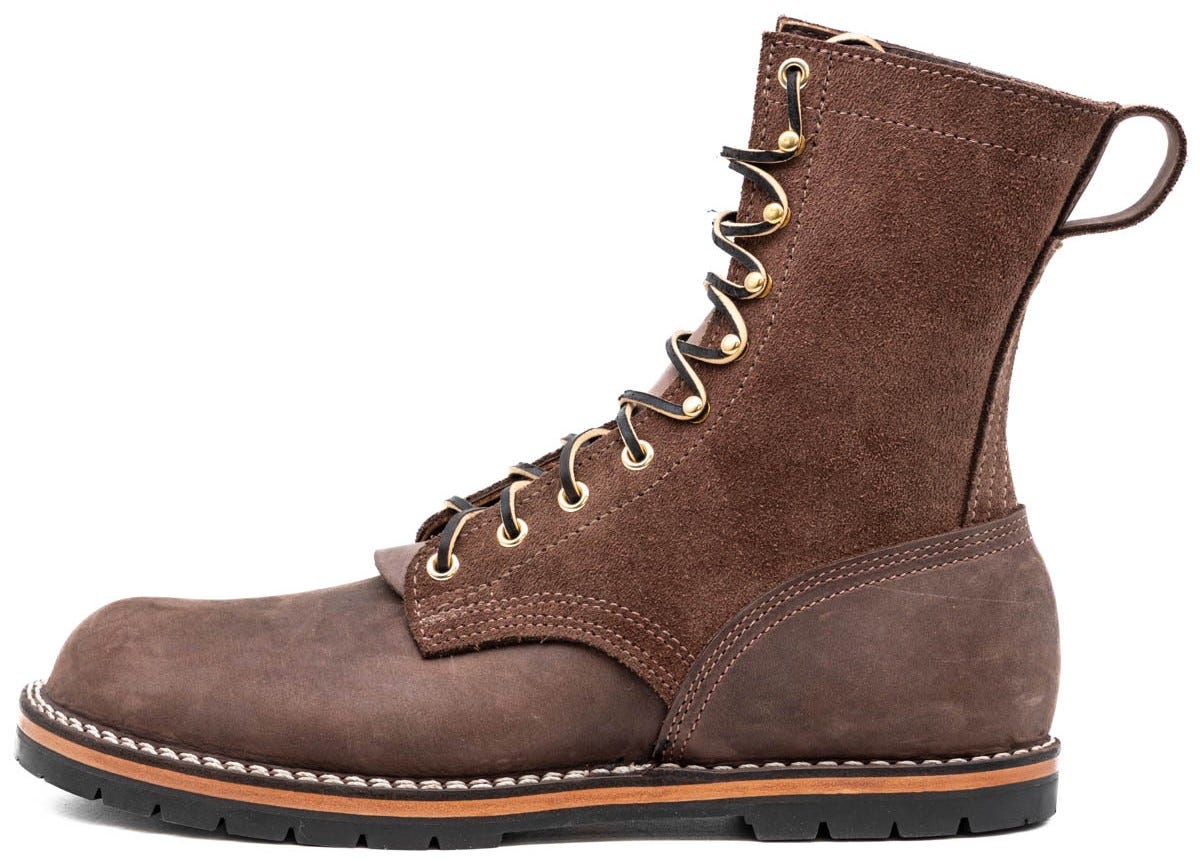
The Strider is built on a completely flat version of Nicks’ Thurman last (which in turn is inspired by the Munson last). Designing zero drop boots can be a bit of a challenge because there isn’t much of a frame of reference to work with. Boots didn’t always have heels but were popularized as a means of preventing the foot from slipping out of stirrups while riding horses. Heels on boots have since become almost inseparable, so nowadays it’s almost impossible to find boots without them.
When I first saw the last the Strider is built on, my immediate reaction was, “Oh! So that’s what a zero drop boot last should look like!” As previously mentioned, barefoot shoes are often made on lasts that are just kind of frumpy. The Strider, on the other hand, is made on a last that has all the necessary curves and contours that go into making a shapely boot. Aesthetically and functionally, a well-crafted last makes a world of difference.
Because Nicks’ zero drop last is based on the Munson last, the toe box shape is more anatomical than you’ll find on most conventional footwear but is not strictly “foot-shaped,” unlike what most barefoot shoes aim for.
As with most Nicks Boots’ offerings, the Strider is constructed using the stitchdown method, which allows the boots to be resoled and more easily repaired. Due to the construction and sturdy materials, customers should probably expect a bit of a break in period before the soles reach full flexibility.
Ordering
Nicks offers 7 different widths on the Strider boots. They’re available in a range of sizes, from men’s size 5 (women’s 6.5) up to 14. Nicks has a very handy measuring guide to help you select the correct length and width. Be sure to follow the instructions carefully. A flexible tape measure—such as you’d find at a fabric store—will be needed to determine the width.
All Strider boots are made to order, and customers are given many options for customizing their own pair. Among other things, customers can choose between a number of quality leathers for the upper, the height of the shaft (the part of the boot that goes up the ankle), and the outsole. Keep in mind that not all the outsoles offered are actually zero drop. Only the Kletterlift and Sierra soles are completely flat, while the Voyageur has a couple millimeters of heel elevation. The other outsoles have much more heel elevation. The photos in this article show the Strider with the Voyageur outsole.
If those aren’t enough customization options for you, Nicks also offers a Build Your Own service at an additional cost that gives customers even more control over the nitty gritty details of their boots.
The Strider comes at a price point that’s nothing to sneeze at, but it’s good to remember that this is the type of boot that’s built to last for many years, not just a season or two. Unless you’re carelessly trashing your boots, repairable footwear typically costs less over time than repeatedly buying disposable pairs after they wear out. With proper care, repairable footwear can sometimes even last a lifetime.
Although boot season is coming to an end, I wouldn’t recommend waiting to order until the moment you need them. The lead time for Nicks Boots orders is currently 18-35 weeks, so if you place an order in the Fall it’s possible you might not actually receive your boots until the following Spring.
Nicks Boots also recently released a zero drop version of their Ridgeline hiking boot. They’re currently brainstorming ideas for other zero drop models and are seeking feedback on what styles customers want. Nicks Boots has shown they’re not afraid to think outside the (toe) box, and I eagerly look forward to seeing what else they come up with.



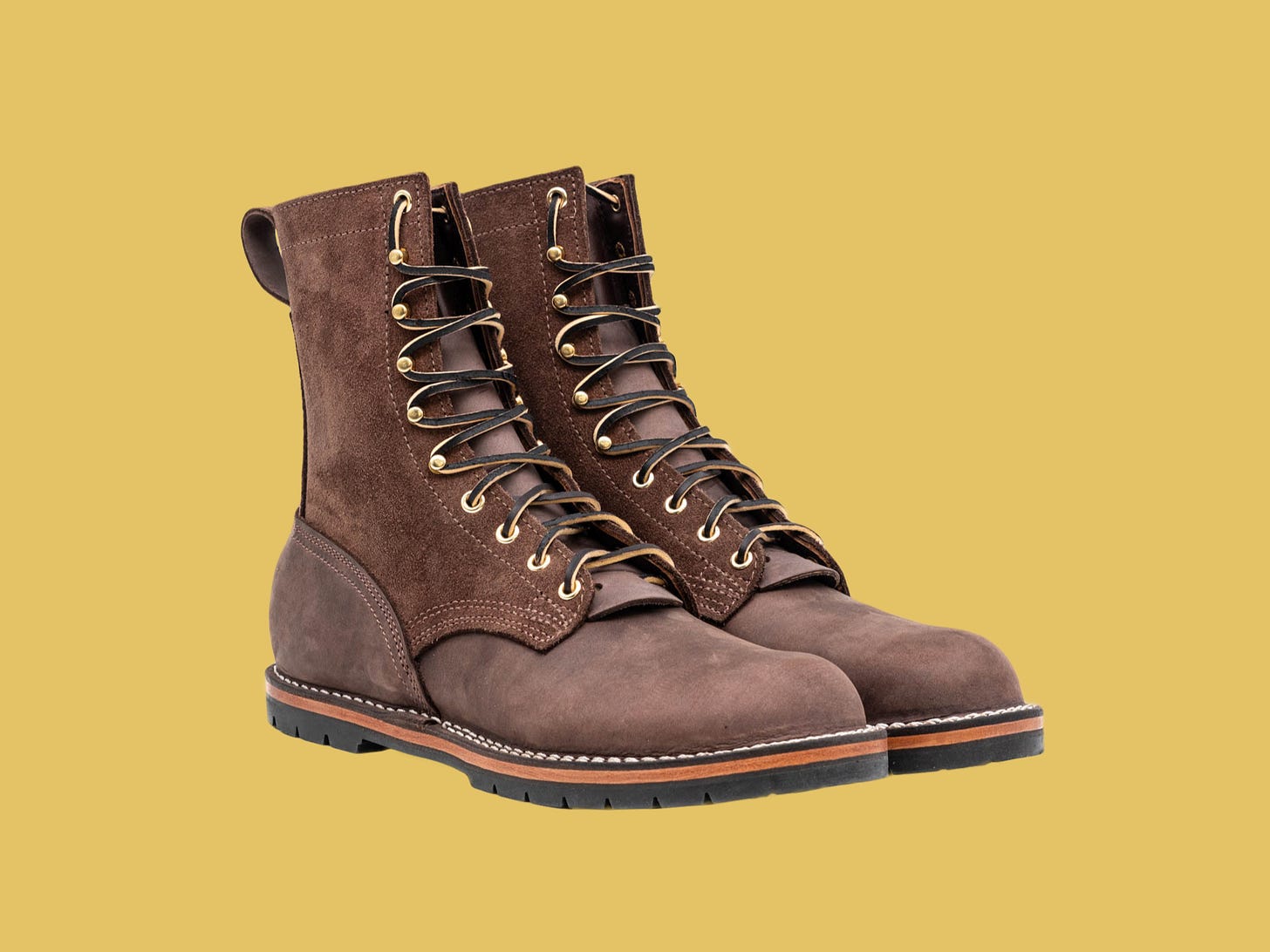
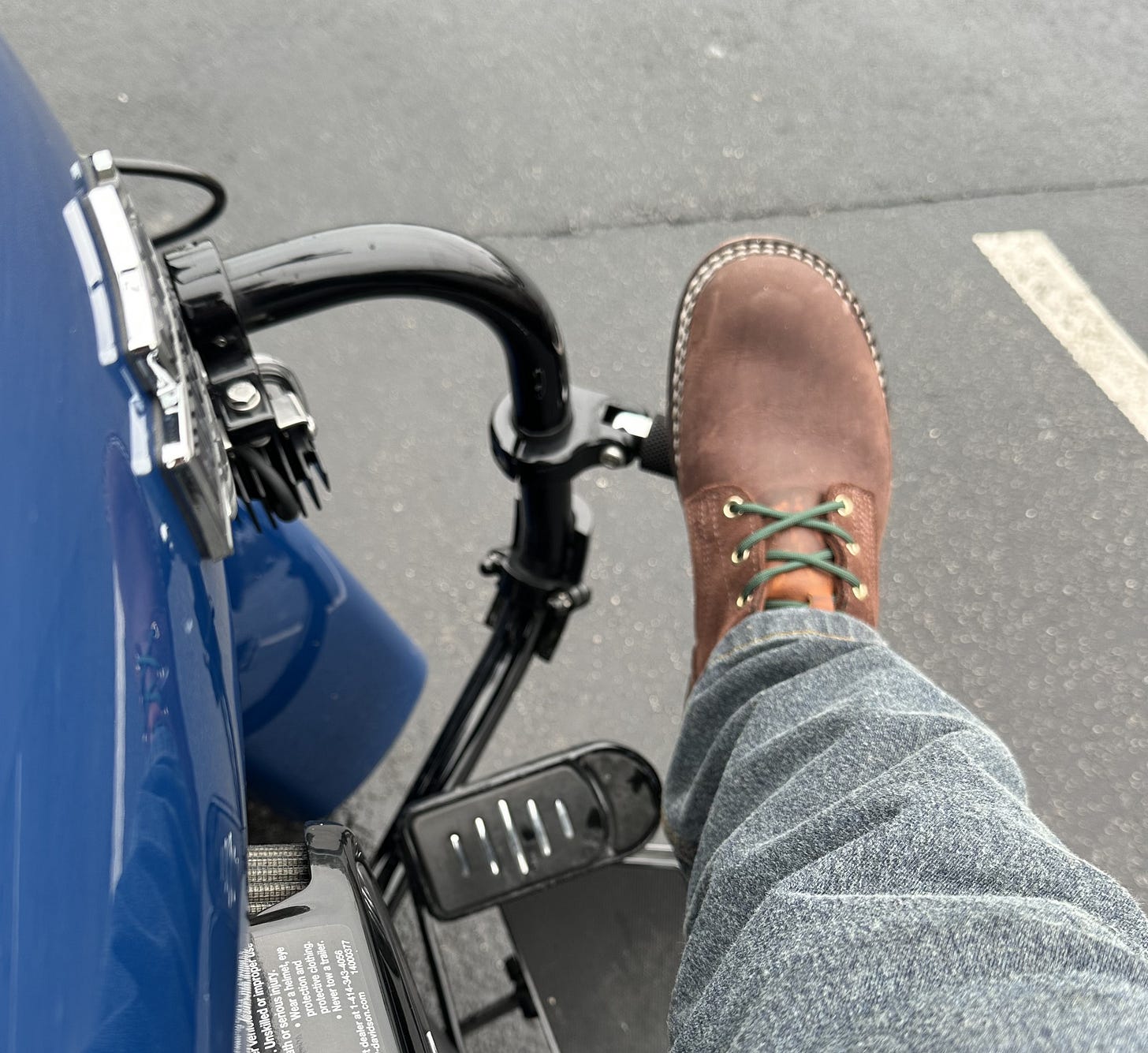
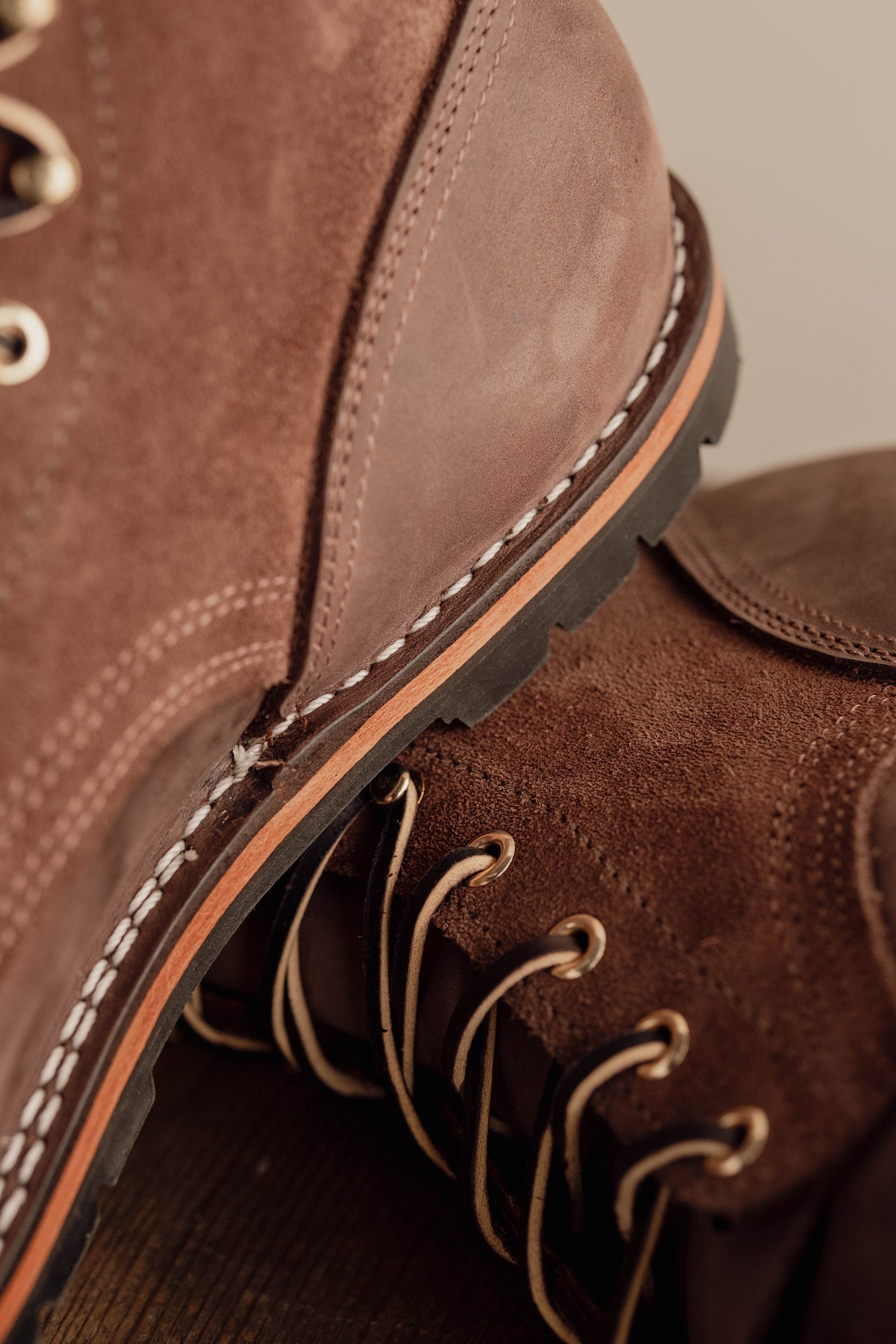
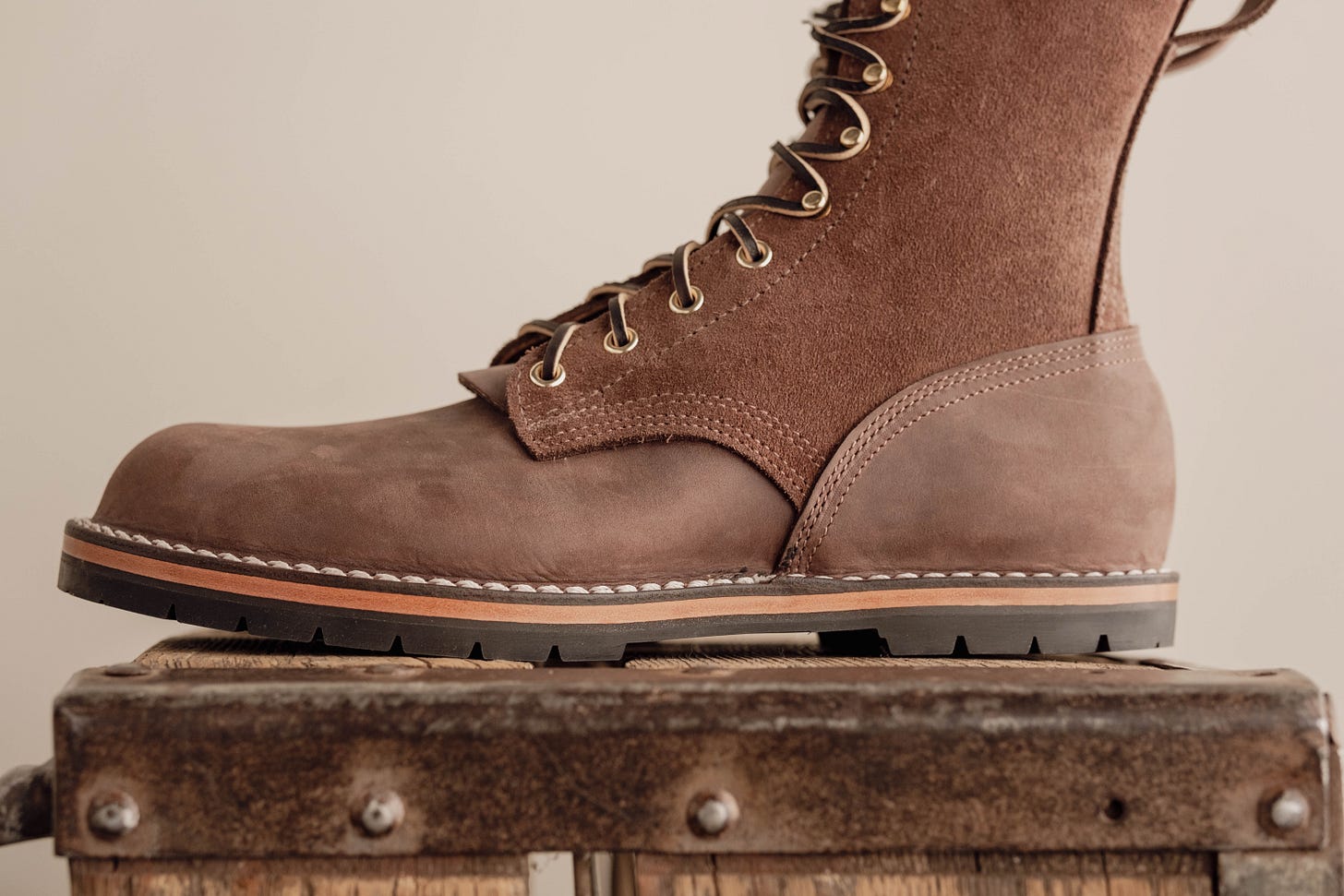

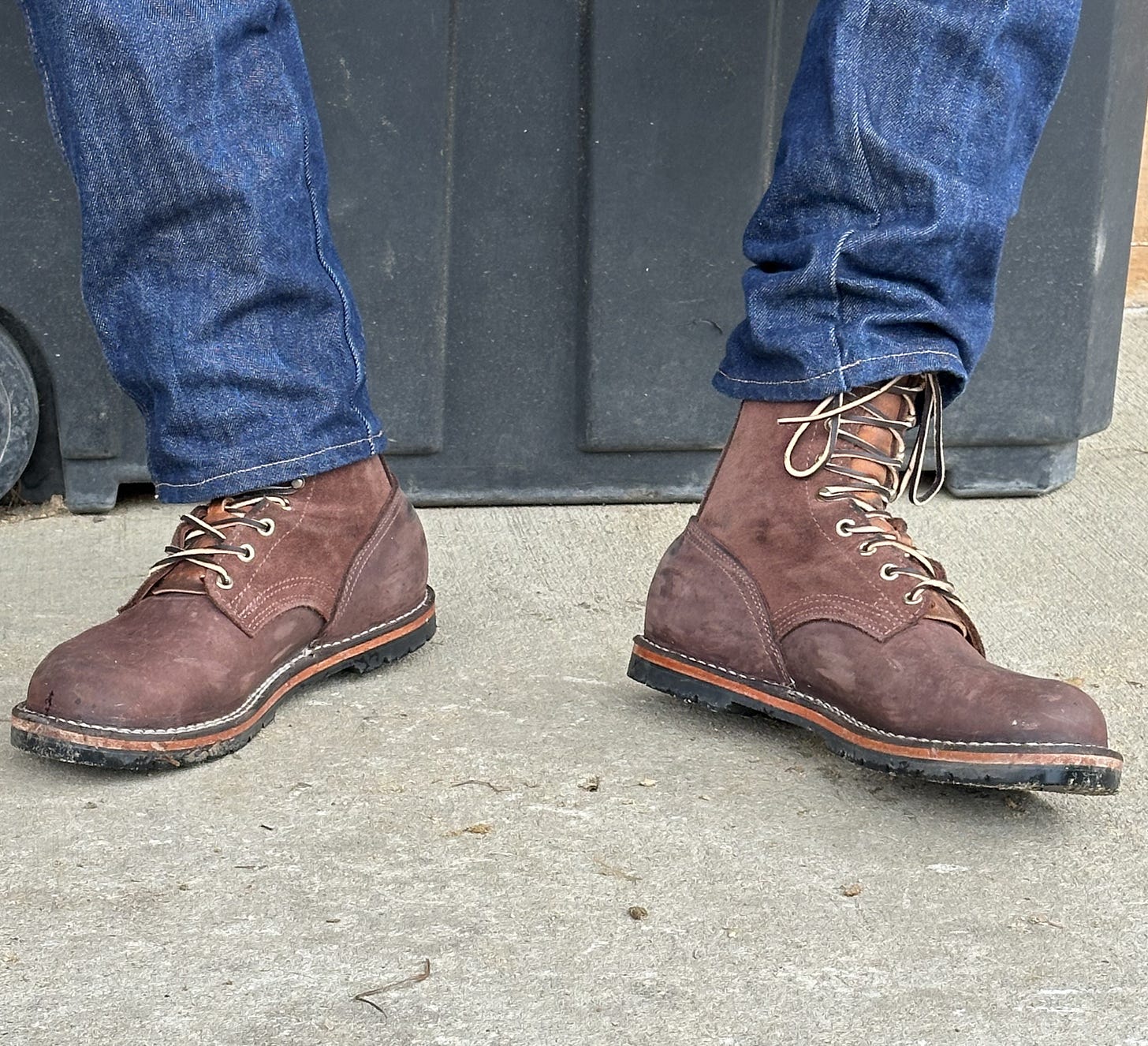
Thank you!! Very exciting.